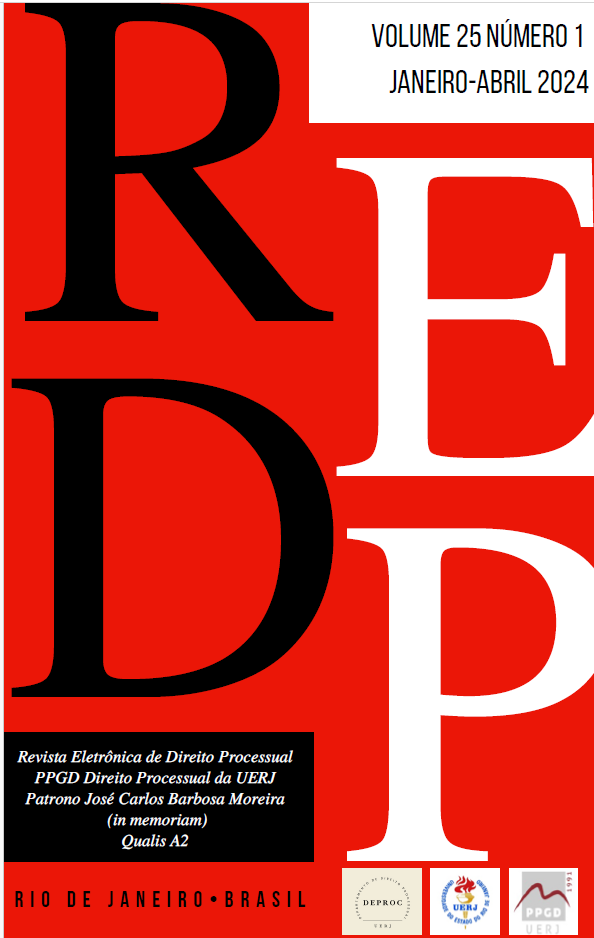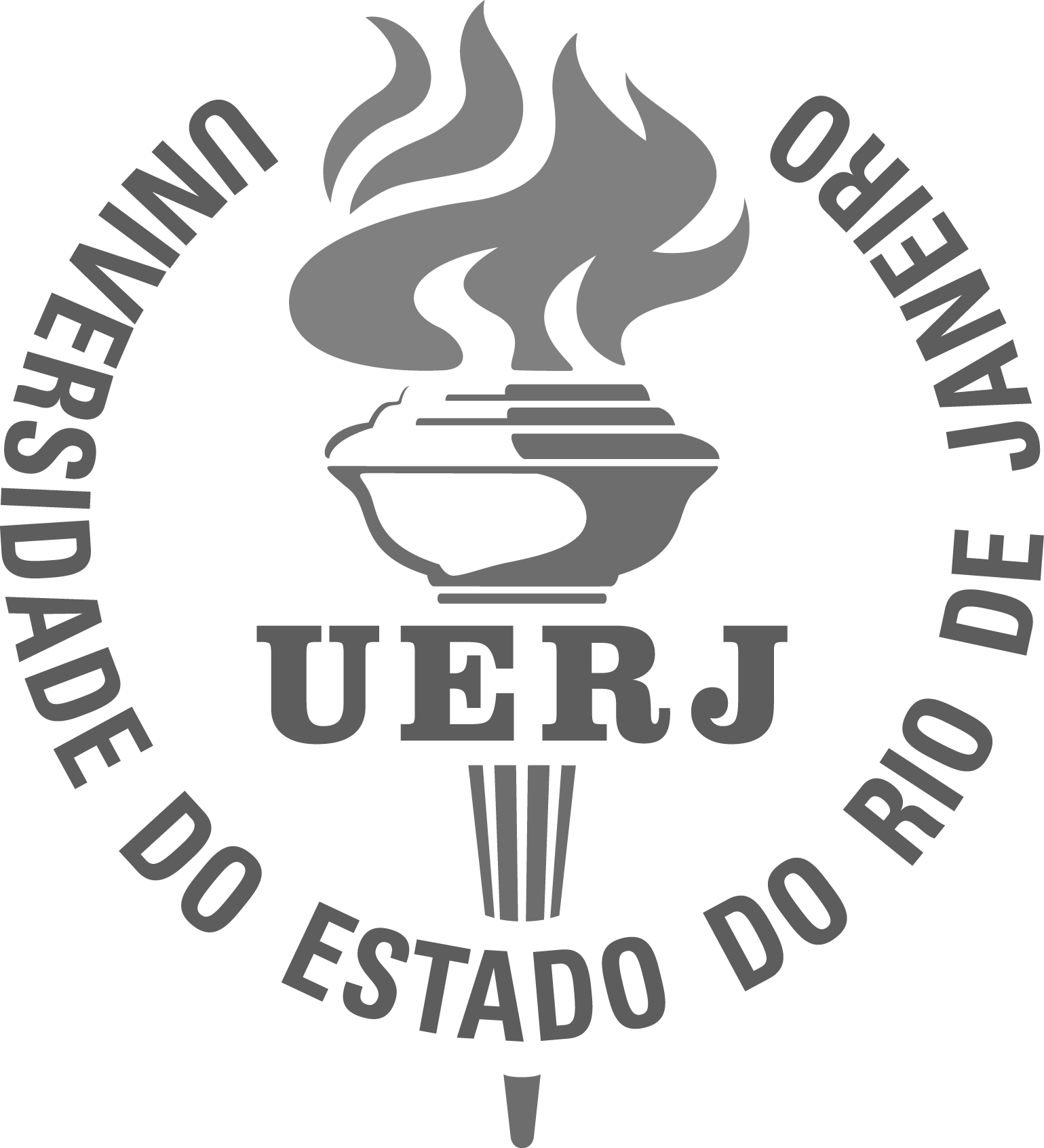A INTERVENÇÃO JUDICIAL COMO TÉCNICA EXECUTIVA NOS PROCESSOS ESTRUTURAIS: LIMITES E POSSIBILIDADES DE SUA APLICAÇÃO EM RELAÇÃO AOS ENTES PÚBLICOS
DOI:
https://doi.org/10.12957/redp.2024.81901Abstract
Although structural litigation has been widely studied due to its growing importance, few studies have investigated the enforcement activity of structural decisions. In this field of study, the role of judicial intervention has been largely overlooked and this paper outlines some of the key principles behind the intervention as an enforcement technique on structural litigation. The literature about the issue points out the importance of this enforcement measure as a reliable technique to accomplish the goal of improvement of judicial effectivity, because of its flexibility and possibility of monitoring the defendants activities. Indeed, we argue that the monitoring character of some types of interventions reduces the informational asymmetry between the parties, and then allows consensual decisions about the enforcement measures, which is important in public interest litigation. On the other hand, we discuss the limits of the intervention, giving a particular attention to the separation of powers and the measures applicable to public entities. Thus, the advantages arising from intervention in the monitoring modality are highlighted, as it implies a less drastic intervention, especially when considering legal entities of public law, in order to avoid the possible removal of public officials. Similarly, this latter type of intervention is presented as advantageous for establishing other executive measures by the judge, as it allows for a better understanding of the entity's functioning by the adjudicator. We conclude that judicial intervention can be implemented under Brazilian law, and it is not a threat to the separation of powers, because it is softer than other measures already used in Brazilian class action law, and it seeks to guarantee basic rights. The deductive method was employed as a methodological framework, based on doctrinal research, which used a literature review on the subject mainly composed of scientific articles, dissertations, and academic theses.
Downloads
Published
How to Cite
Issue
Section
License
Copyright (c) 2024 Diego Martinez Fervenza Cantoario

This work is licensed under a Creative Commons Attribution 4.0 International License.
Todos os artigos publicados na Revista Eletrônica de Direito Processual (REDP) (Departamento de Direito Processual, Universidade do Estado do Rio de Janeiro, Brasil) são licenciados por meio de uma Licença Creative Commons - Atribuição 4.0 Internacional (CC BY 4.0).
Os autores retêm os direitos autorais de seu artigo e concordam em licenciar seu trabalho com a licença CC BY 4.0, aceitando assim os termos e condições específicos desta licença disponíveis no seguinte website: https://creativecommons.org/licenses/by/4.0/legalcode.
- Os autores concedem à REDP o direito de primeira publicação, de se identificar como publicadora original do trabalho e concedem à revista uma licença de direitos não exclusivos para utilizar o trabalho das seguintes formas: Reproduzir, vender e distribuir cópias eletrônicas ou impressas do manuscrito como um todo, de partes específicas do manuscrito e de suas traduções para qualquer idioma;
- O uso do artigo por terceiros é livre, contanto que a integridade da publicação seja mantida e seus autores originais, periódico de primeira publicação e detalhes de citação sejam identificados.
Dentro dos termos da licença, os autores podem entrar em acordos contratuais adicionais separados para a distribuição não exclusiva da versão publicada do trabalho na revista.
Copyright and Licensing
All articles published in the Procedural Law Electronic Review (REDP) (Department of Procedural Law, State University of Rio de Janeiro, Brazil) are licensed under a Creative Commons License - Attribution 4.0 International (CC BY 4.0).
- Authors retain copyright to their article and agree to license their work under the CC BY 4.0 license, thereby accepting the specific terms and conditions of this license available at the following website: https://creativecommons.org/licenses/by/4.0/ legal code.
- Authors grant REDP the right of first publication, to identify itself as the original publisher of the work, and grant the journal a non-exclusive license to use the work in the following ways: Reproduce, sell and distribute electronic or printed copies of the manuscript as a whole, of specific parts of the manuscript and its translations into any language;
- Use of the article by third parties is free, as long as the integrity of the publication is maintained and its original authors, first publication journal, and citation details are identified.
Within the terms of the license, authors may enter into separate additional contractual agreements for the non-exclusive distribution of the published version of the work in the journal.






